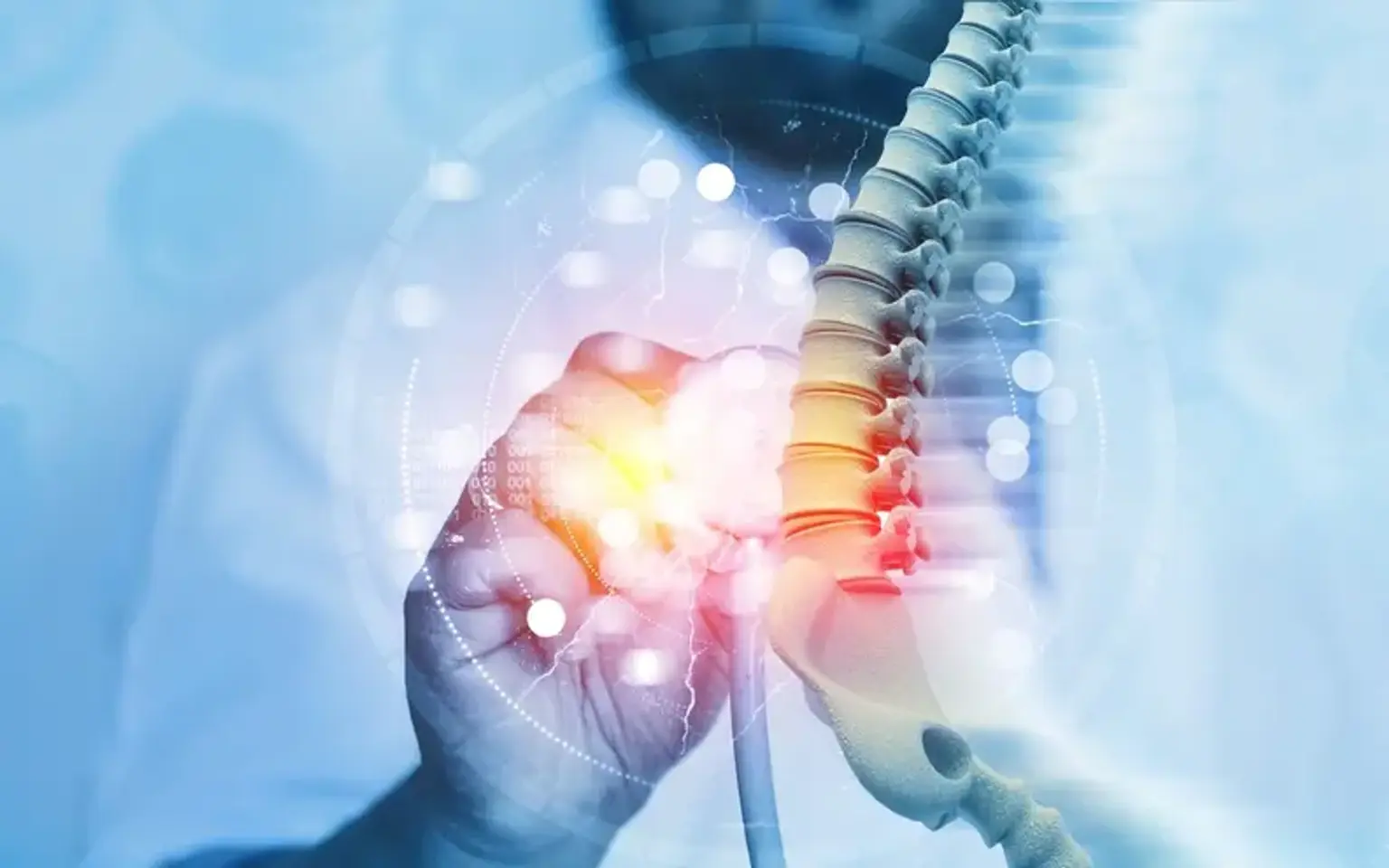Epidural Neurolysis
The word Adhesion refers to scar tissue, and the word Lysis means to disintegrate or dissolve. Dr. Gabor Racz created The epidural neurolysis procedure in the late 1980s; it is a minimally invasive procedure. The therapy has shown to be successful in treating persistent neck and back pain brought on by the accumulation of scar tissue. Around nerve roots, scar tissue can develop, producing excruciating agony all the time. Adhesions frequently develop as a result of irritation and inflammation in the epidural space. These adhesions may aggravate neighboring nerve roots, resulting in excruciating agony. Pain that radiates from the low back into the legs due to irritated and inflamed nerves caused by scar tissue is common. People who experience neck or back pain from scar tissue formation typically have a history of previous surgeries or chronic back or neck discomfort. Adhesions form after spinal surgery and are assumed to be the source of ongoing pain.
What is Epidural Neurolysis?
Epidural neurolysis operation is utilized (sometimes referred to as epidural adhesiolysis or neuroplasty) to release nerves from scar tissue in the spine. The doctor Gabor Racz who invented the procedure received its name. He discovered that it works well for reducing scar tissue caused by back discomfort. This scar tissue (also known as adhesions) may form as a result of irritation, chronic inflammation (ongoing swelling), or after surgery. Scar tissue can then aggravate neighboring spinal nerve roots, resulting in pain that travels down the legs from the back. By releasing the nerves, one may reduce the pain and enable the delivery of drugs to irritated nerves.
